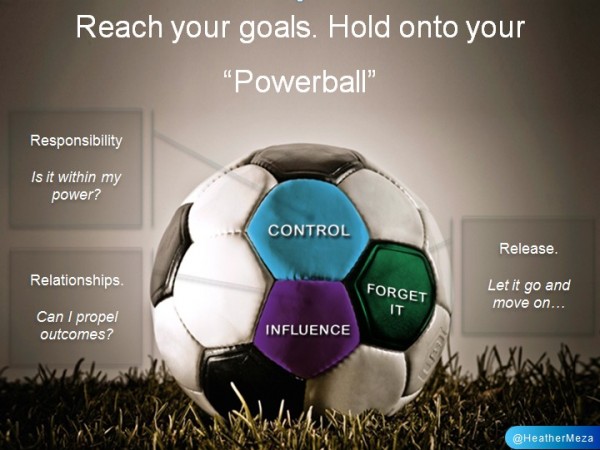As published in Business2Community

I’ve long been an evangelist of content marketing (aka inbound marketing) as a critical and effective marketing strategy for SMBs in the new, social age. Content marketing is the practice of online marketing that deliberately uses a combination of search engine optimization (SEO), various social media channels, and blogging to publish content that people will seek-out, find and engage with. But content marketing isn’t just a small business, or even B2C strategy. In fact, some surprising enterprise companies and industry leaders have adopted the strategy of online content production, blogging and social media distribution into their brand building.
 Speaking at the recent Content Marketing Strategies Conference, Heather Meza, head of Digital Media Solutions for Cisco Services Marketing, shared her company’s shift to a content marketing approach. According to Meza, the rebirth of Cisco’s marketing started about two years ago, that relies on change management and innovation principles to ignite change, inspire content creation, and reach enterprise goals. Cisco’s transformation all began when Meza went on maturity leave and began reading about content marketing and strategies. The new-school brand positioning approach resonated. Upon her return, Meza drove content marketing initiatives new passion and commitment to help Cisco provide better content to customers.
Speaking at the recent Content Marketing Strategies Conference, Heather Meza, head of Digital Media Solutions for Cisco Services Marketing, shared her company’s shift to a content marketing approach. According to Meza, the rebirth of Cisco’s marketing started about two years ago, that relies on change management and innovation principles to ignite change, inspire content creation, and reach enterprise goals. Cisco’s transformation all began when Meza went on maturity leave and began reading about content marketing and strategies. The new-school brand positioning approach resonated. Upon her return, Meza drove content marketing initiatives new passion and commitment to help Cisco provide better content to customers.
Today, Cisco’s content strategies included taking control, having more influence, and replacing the old, outdated ways of marketing to customers with an emphasis on providing value. At the helm of it all is Cisco’s content marketing team, and Meza offers the following six rules to effectively assembling and managing a content marketing team.
1. Start with why. Make it meaningful and clear so people can change at the core and be able to make the right decisions naturally and independently.
2. Lead with outcomes. Leadership needs to be outcome versus tactic focused. Accountability for outcomes vs. rewards for “hard” but not smart work is essential.
3. Be one team. Strategize and plan together, but empower experts to play their position and execute.
4. Hold-on to your Powerball. Do what’s right for the business. Call-out bad behavior, understand the root cause of it, and resolve it quickly.

5. Fail forward. We don’t have all the answers. Don’t be afraid to experiment. Learn from your mistakes.
6. Create a “Content Audience Mapping Strategy” template. This template is part of the planning process to help identify key content needed to achieve objectives. It should evolve as your content strategies develop, and include Cisco’s 5 W’s:
- WHO is the specific target audience?
- WHAT is the type, topic, source and format?
- WHERE will it be placed and promoted?
- WHEN in the audience’s journey will it be used?
- WHY are we doing this?




One Comment
Comments are closed.